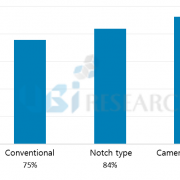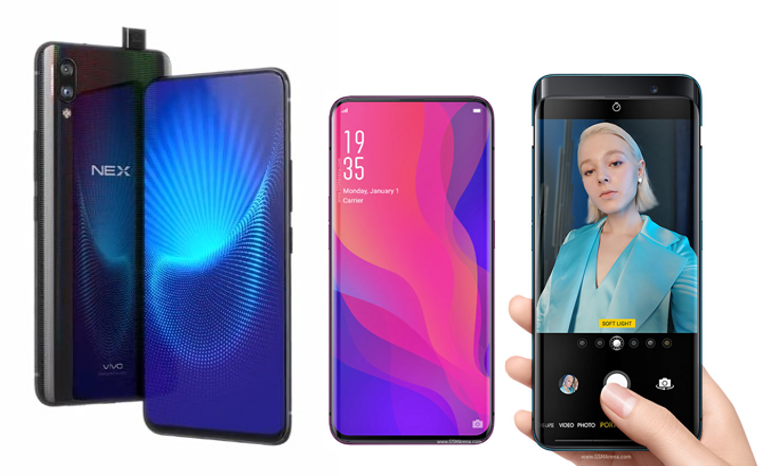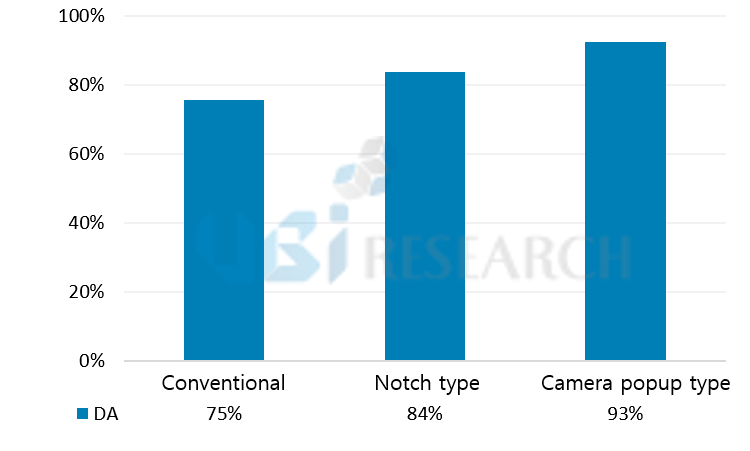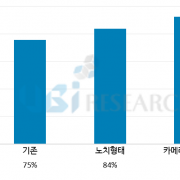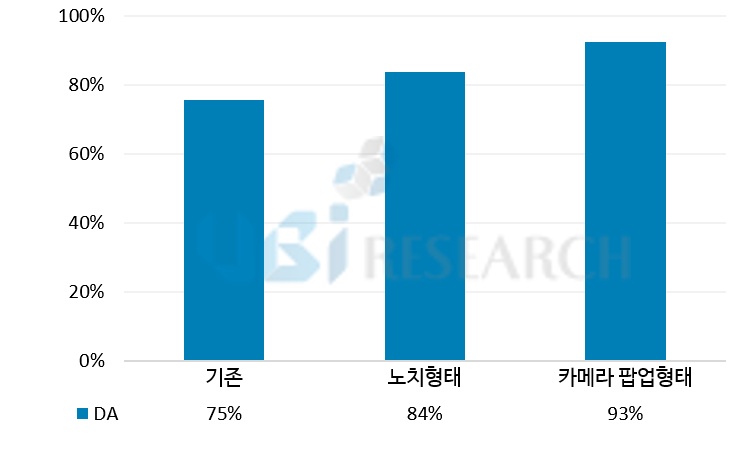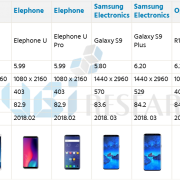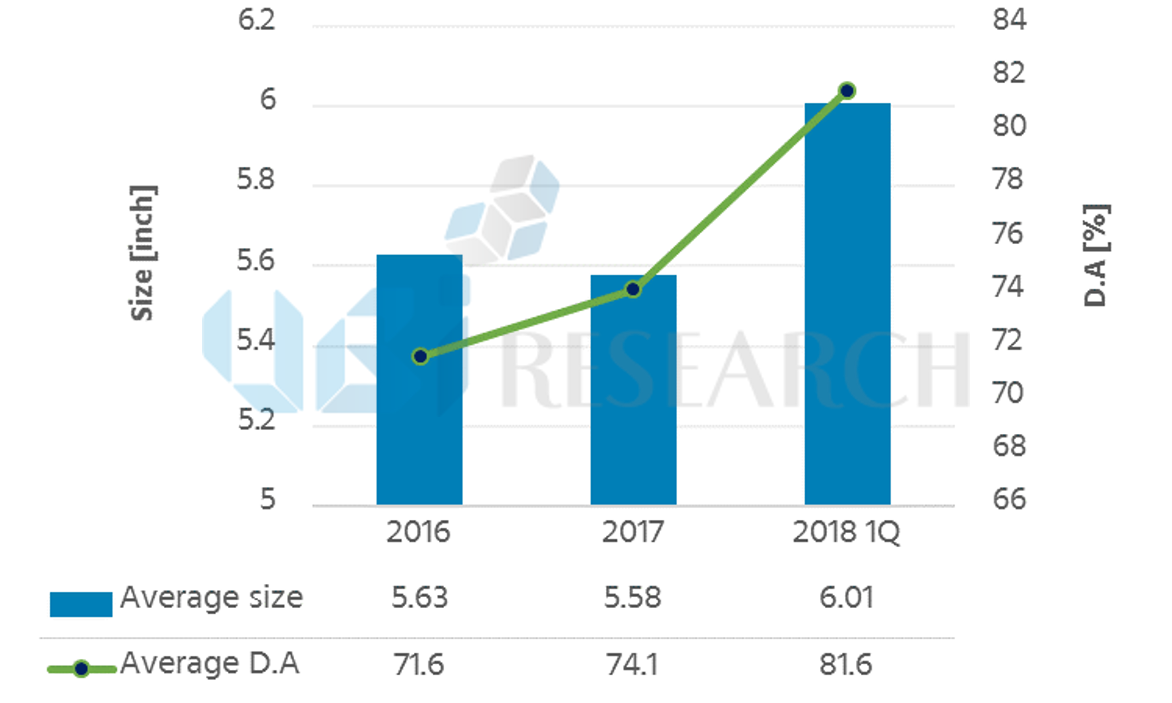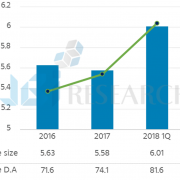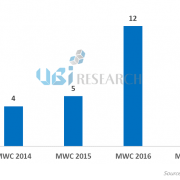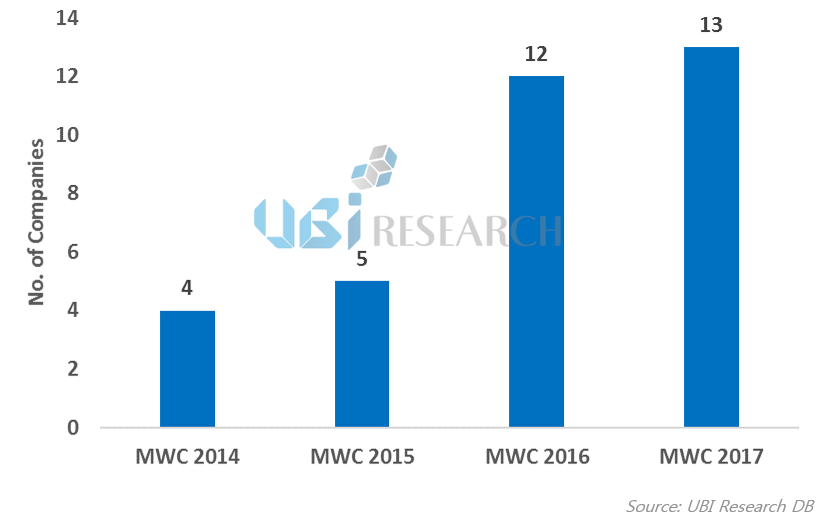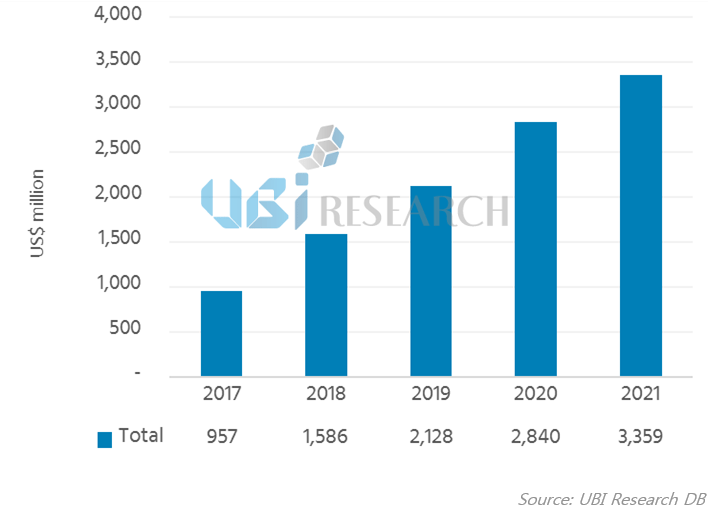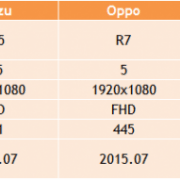2021년까지 출시된 13종 폴더블폰 비교 분석
- 폴더블폰 출시 동향 분석 – 크기와 해상도, 폴딩 타입과 커버윈도우 소재
“2022 소형 OLED 연간보고서”에 의하면2021년까지 출시된 폴더블 폰은13종으로 조사되었다. 인치 별로 구분하면 7인치대 제품이 5종, 6인치대 제품과 8인치대 제품이 각각 4종이 출시되었다. 6인치대 제품은 모두 폰을 상하로 접는 clam-shell 타입의 폴더블 폰이었다. 평균 해상도는 391ppi였으며, 300ppi대 제품 7종과 400ppi대 제품 6종이 출시되었다. 가장 큰 크기의 제품은 Xiaomi의 ‘Mi Mix Fold’로 8.01인치였으며, 가장 높은 해상도의 제품은 Huawei의 ‘P50 Pocket’으로 해상도는 442ppi이다.

2021년까지 출시된 13종 중 인 폴딩 타입의 폴더블폰은 10종, 아웃 폴딩 타입의 폴더블폰은 3종이 출시되었다. 2020년 Huawei의 ‘Mate Xs’를 마지막으로 아웃 폴딩 타입의 폴더블폰은 출시되지 않았다. Colorless PI를 커버 윈도우로 사용하는 폴더블폰은 8종이 출시되었으며, Ultra Thin Glass(UTG)를 사용하는 폴더블폰은 5종이 출시되었다. Oppo의 ‘Find N’은 삼성전자의 제품 외 최초로 UTG 커버 윈도우가 탑재되었다. 폴더블 OLED를 생산하고 있는 패널업체는 기존의 삼성디스플레이와 BOE 외에, Visionox가 신규 투자되었다.
—————————————————————————————————————————————————————–
2022 소형 OLED Display 연간 보고서 발간일정 :2022년 2월, PDF 224P
“2022 소형 OLED Display 연간보고서” 에서는 10인치 이하의 소형 OLED display에 대한 산업 분석과 패널 업체별 사업 현황, 시장에 대하여 조사하였다.
- 2022년 “소형 OLED Display 연간 보고서”에는 OLED 산업 이슈 분석 추가
- 중국 패널 업체들인 BOE와 CSOT, Visionox의 마이크로 디스플레이 프로젝트 요점정리.
- 2021년 적용된 삼성 디스플레이의 폴더블 OLED 신기술, 패널 실적과 2022년 전망, 2022년 상반기까지 패널 업체들의 폴더블 OLED 생산 스케쥴을 정리.
- 업체별 OLED 패널 개발 동향 분석에서는 전시회 내용뿐 만 아니라, 실제 패널 업체들의 폴더블폰과 스마트폰용 OLED 개발 동향 추가
- 업체별 OLED 캐파 분석
- OLED라인 현황
- 신규 투자와 보완 투자 예상
- 2021년 중국 패널 업체들의 가동률
- LTPO TFT Capa. 현황과 전망




